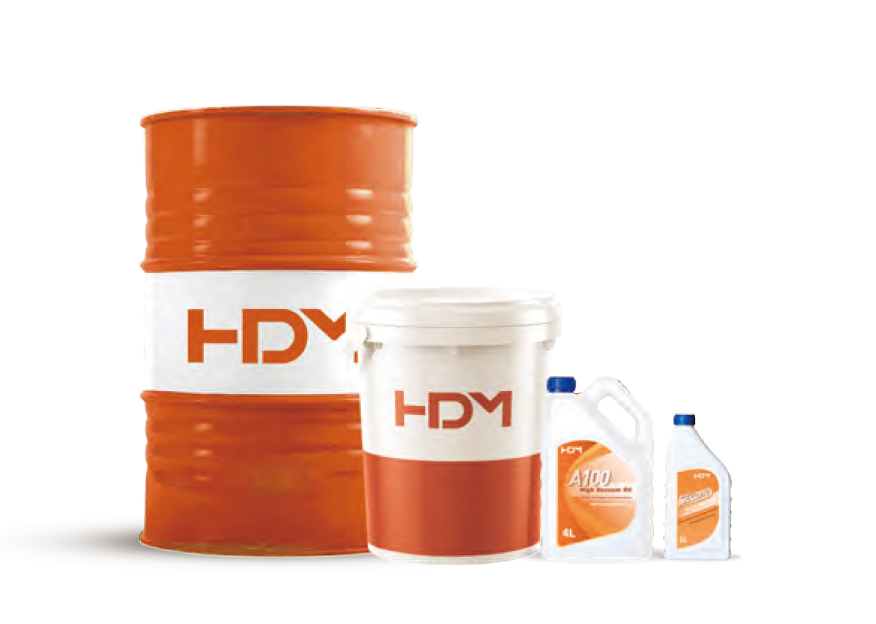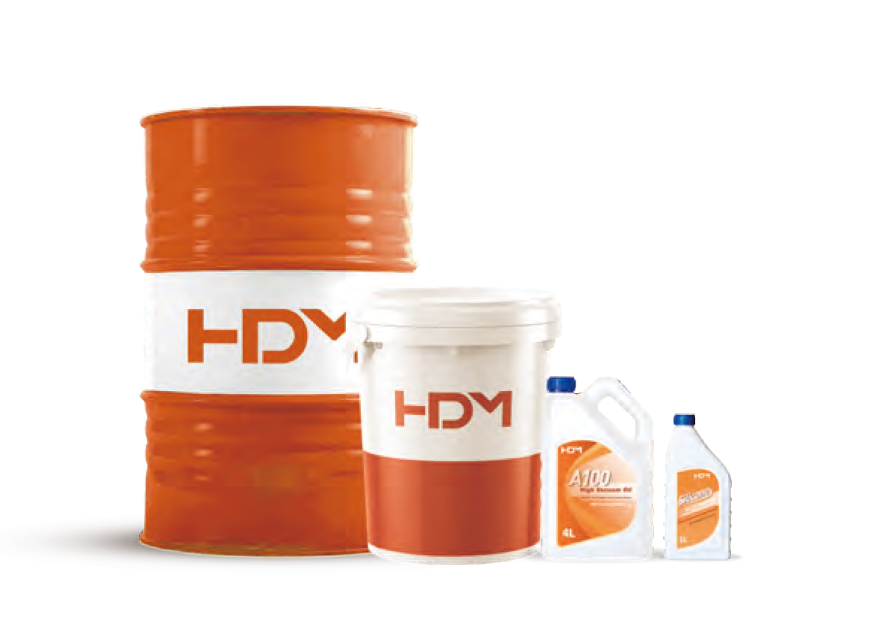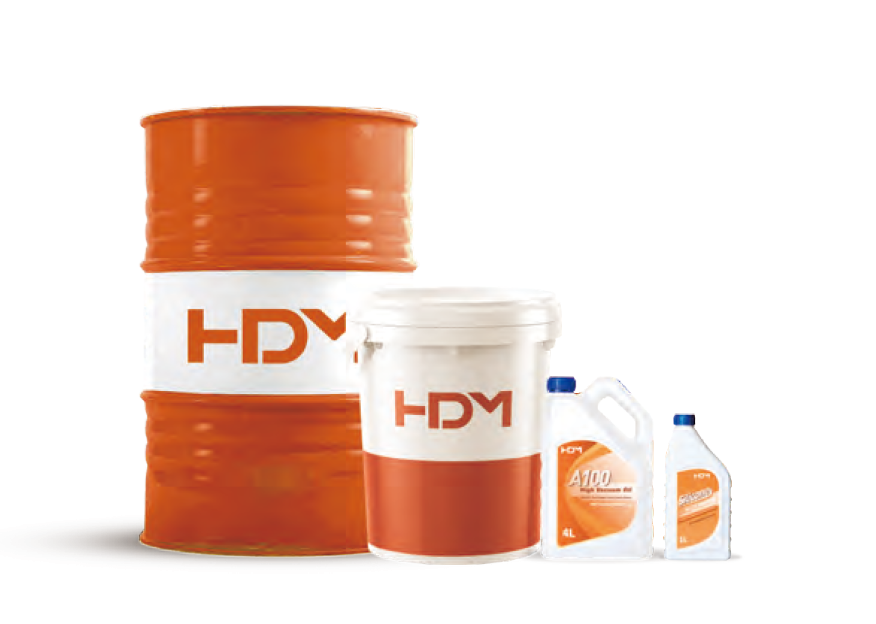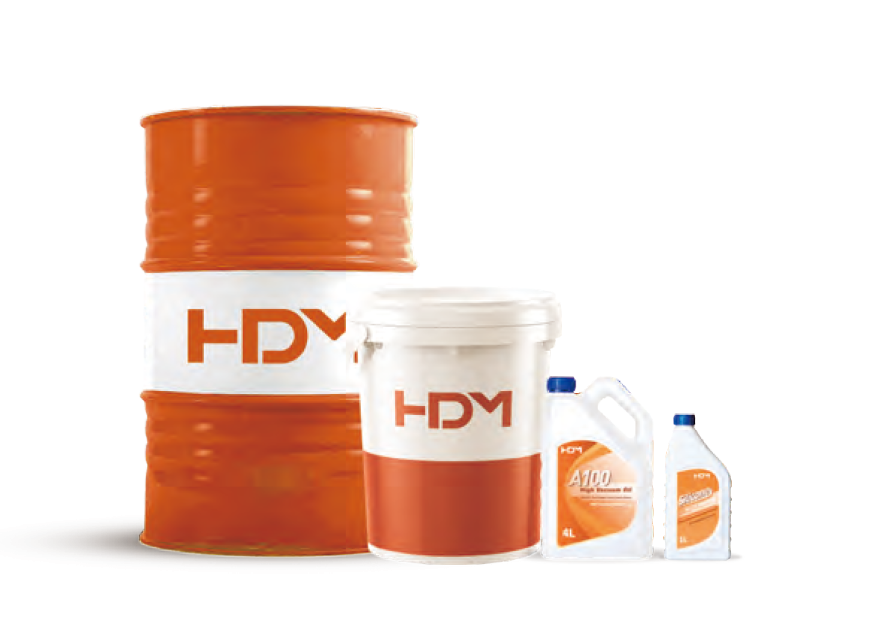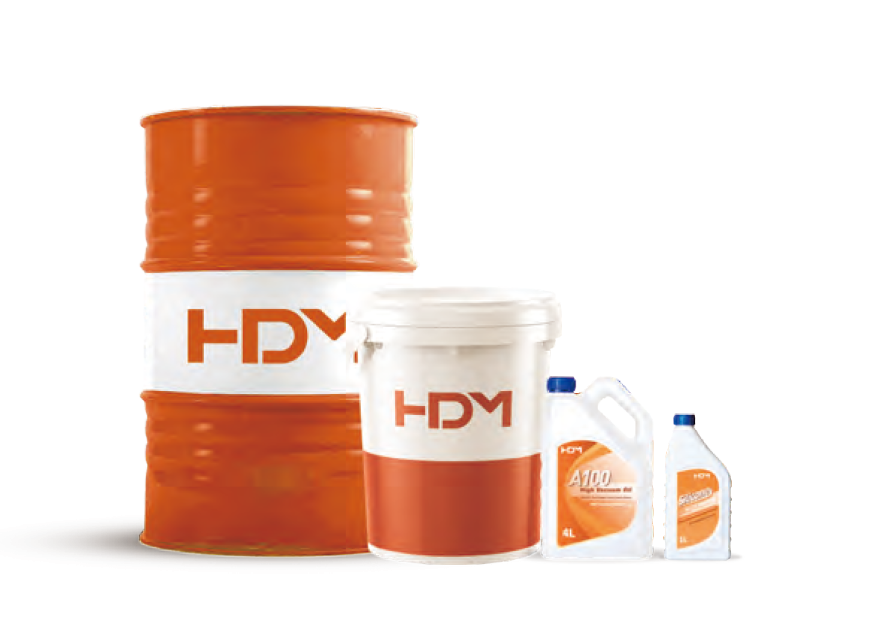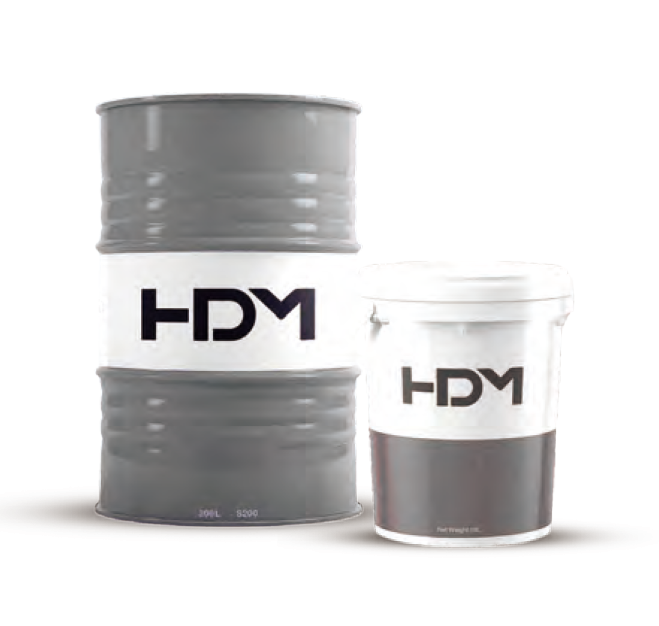History
For over 7,000 years, we've shaped metals into useful shapes such as tools, coins and jewelry. Forging was one of the earliest metalworking operations and an important part of the evolution of society. After we learned how to melt metal and turn it into useful tools like knives, we could hunt and prepare food more easily.
It is difficult today to understand how we can deform metals without using lubricants. The earliest lubricants used in forming applications were animal fats. After soaps were invented, it became common practice to use them in molding applications. Stampers quickly learned that using a lubricant reduces tool wear and makes deformation easier.
The number and types of forming applications are vast and so is the range of metal forming lubricants. Not long ago, we also used a mixture of oil and wood chips to make rifle parts. Wire drawing and metal rolling go back many years to the use of tallow and beeswax as lubricants. Q8Oils are part of Germ-Allcard's long history of brushed products. Germ Lubricants Ltd. published Lubrication Theory and Practice in 1920.
Uses of Metalworking Fluids
A metal part subjected to a certain external force will change its original geometric structure. When these forces do not exceed the typical limits of the material, the metal part recovers its deformation and returns to its original configuration (elastic forming). Conversely, if the limit (yield force) is exceeded, the result will be a permanent change in shape (plastic forming).
The purpose of using a lubricant in metal forming applications is to provide the desired separation between the metal and the tool. Drawing of metals with good ductility and geometry can be done without the use of lubricants. However, productivity and quality can be improved with the use of forming lubricants. Viscosity is an important determinant of application and performance. The choice of performance additives is based on the specific application and metal.
Benefits of Metalworking Fluids
Form a protective film
The primary function of metal forming lubricants is to separate tools and parts, preventing metal-to-metal contact. The fluid must form a physical or chemical film to prevent tool-to-metal contact. This film protects the tool, which is important because the cost of the tool is usually high. A good metal forming lubricant increases tool life and can make up for its cost by extending tool life.
Corrosion Control
In metal removal operations, metalworking fluids are expected to control corrosion for hours to days. Manufacturers can degrease or clean parts before the next step in the manufacturing process. In some metal forming operations it is expected that the fluid will control corrosion for longer periods of time, for example, the forming fluid has a dual purpose - forming and corrosion protection. Formed parts are stored, during which time metal forming lubricants must control corrosion. In addition to protecting parts from corrosion, metal forming fluids must also protect punches, slides, guides, and sometimes machines from corrosion or damage from abrasive particles.
Health, Safety and Environment
Performance in forming applications is an important factor in selecting a metal forming fluid, but operator acceptance is also very important. Ease of mixing and application, viscosity, odor, flash point, oil mist formation, and more operator health and experience factors will determine the choice of metal forming lubricant.
Reduce friction
Another important function of metal forming lubricants is to reduce friction in the contact areas of the mold and metal. Lower friction results in:
- Reduced energy consumption to form parts
- Lower resistance to metal, resulting in a more even flow of metal through the forming die
- Less wear, reduces particle volume in the punch area and will likely result in less metal particles being deposited on the punch
Increased Cleanliness
What does cleanliness mean for metal forming lubricants?
- The lubricant must be easily removable from the formed part
- Prevents particle buildup on the punch, which is one of the properties of metal forming fluids
- Compatibility with cleaners and degreasers
- clean working environment
Provides Cooling Performance
Most of the time, this property is of less importance in metal forming operations. In many metal forming operations, heat is required to support the proper functioning of the forming and/or activating additives, but metal forming fluids can also provide cooling properties when required.



